Poompuhar – A Long Lost City from the Sangam Age
Traces of Buddhism in the ancient city of Kaveri-Poompattinam
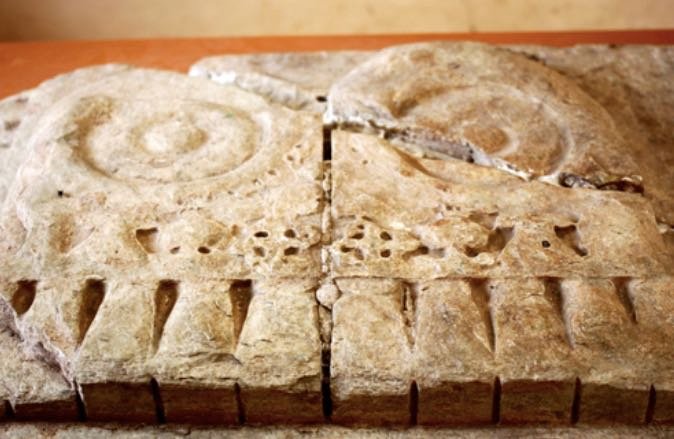
Our travels through the Buddhist trails of Tamil Nadu took us to Poompuhar, a small town (in Nagapattinam dist.), where legends, history and archeological findings evoke memories of a long lost city. Also known in the past as Puhar and Kaveri-Poompattinam, this humble town of today was once the glorious capital and port city of the early Chola empire of he Sangam period, rich in its cultural diversity, legends, festivals and international trade. In the height of its glory, around 300 BCE, the ancient royal city of Puhar was swallowed by the ocean. However, the remaining inland regions of Puhar continued to be vibrant with Buddhist monasteries for many more centuries. Every stone in the beach of Puhar seems to reverberate with the stories of Manimekalai, the Bodhisattva Bhikshuni, Madhavi a courtesan turned Bhikshuni, and Kannagi, a chaste woman who burnt down a city through the power of her chastity, all characters from the two Tamil epics of Silappathikaram and Manimekalai.
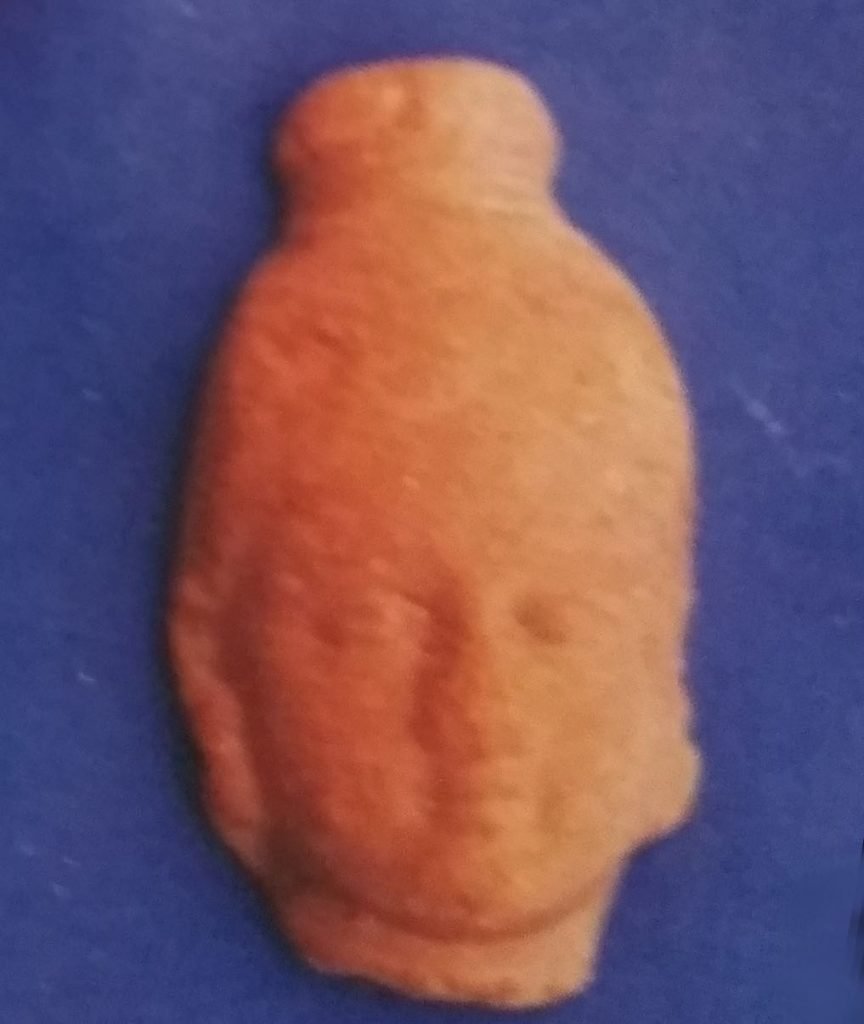

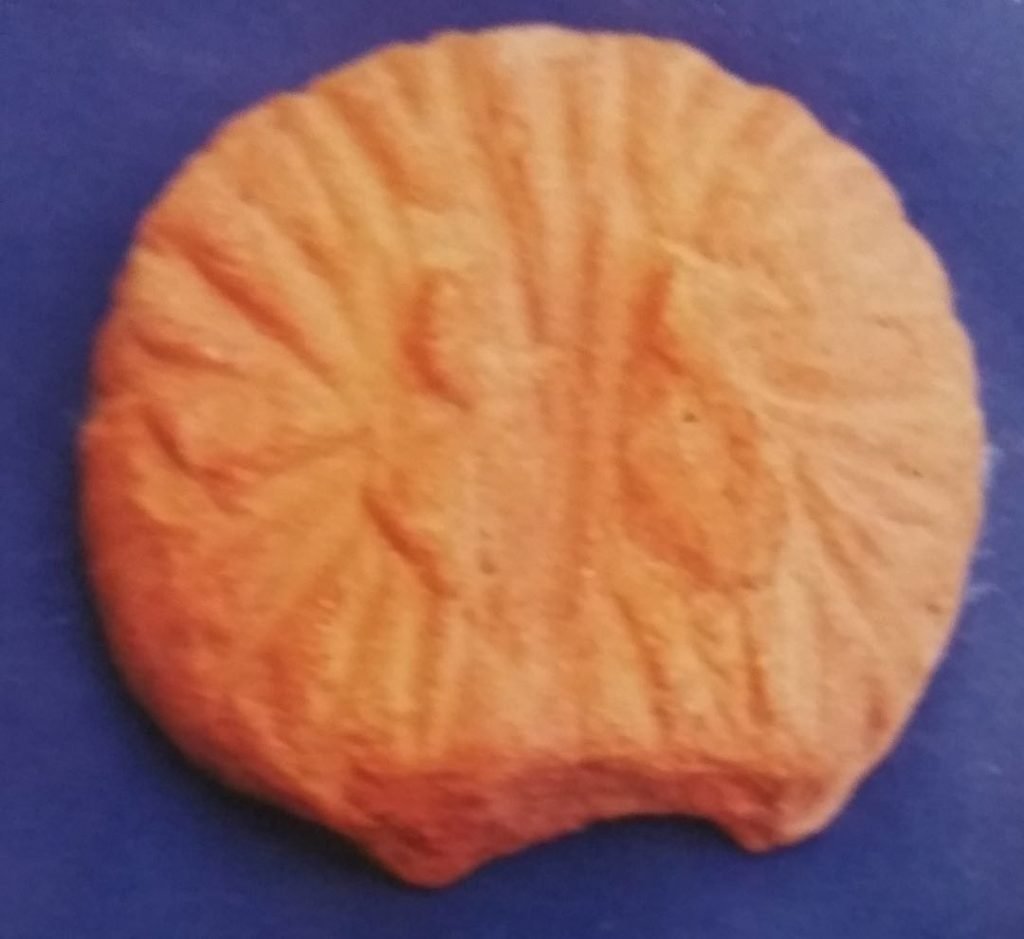
Around 15 years back, as the Tamil Nadu coast was devastated by another tsunami, signs of an old city under the ocean surfaced. Later, marine archeologists discovered structures of a city as well as a standing Buddha statue from under the ocean. This is, possibly, the earliest of the Buddha statues of the Dravida land. (During the earlier period, the Buddha was represented through symbolic footprints rather than an image of the body. Revering the footprint indicates that the disciple follows the path traversed by the Buddha.) The statue is in the style of Gandhara sculptures, but small in size. This is currently kept in the Marine Archeology Museum of Poompuhar. This statue is dated by the archeologists to be from the 1st – 2nd Century CE (AD).
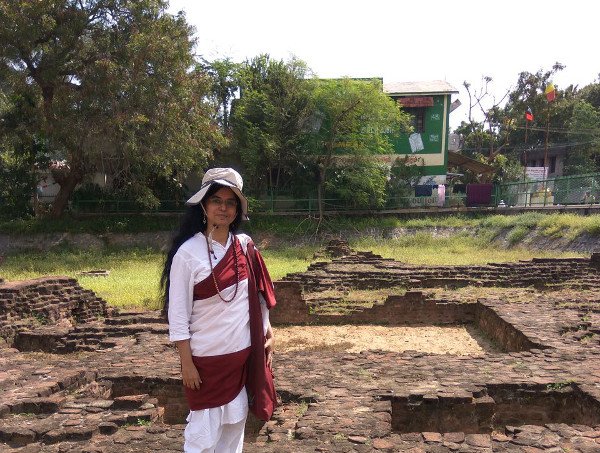
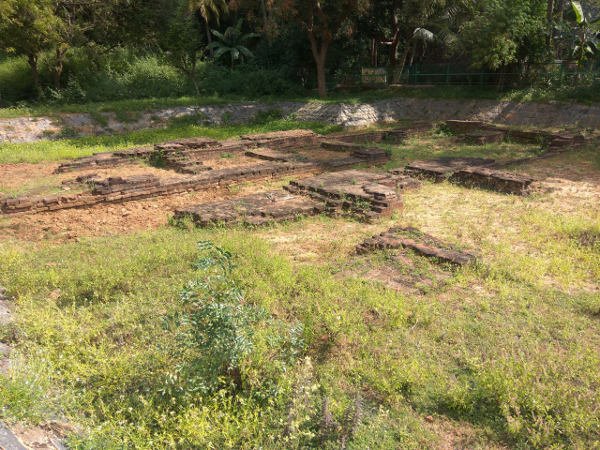
Archeological excavations at Pallavanesvaram, about 1km inland, also revealed the remains of an ancient Buddhist vihara and chaithya.There was also an excavation at Manigramam in the nearby area, where the remains of another Buddhist monastery were discovered. We could not see the Manigramam site as it was covered up after collecting the artifacts.
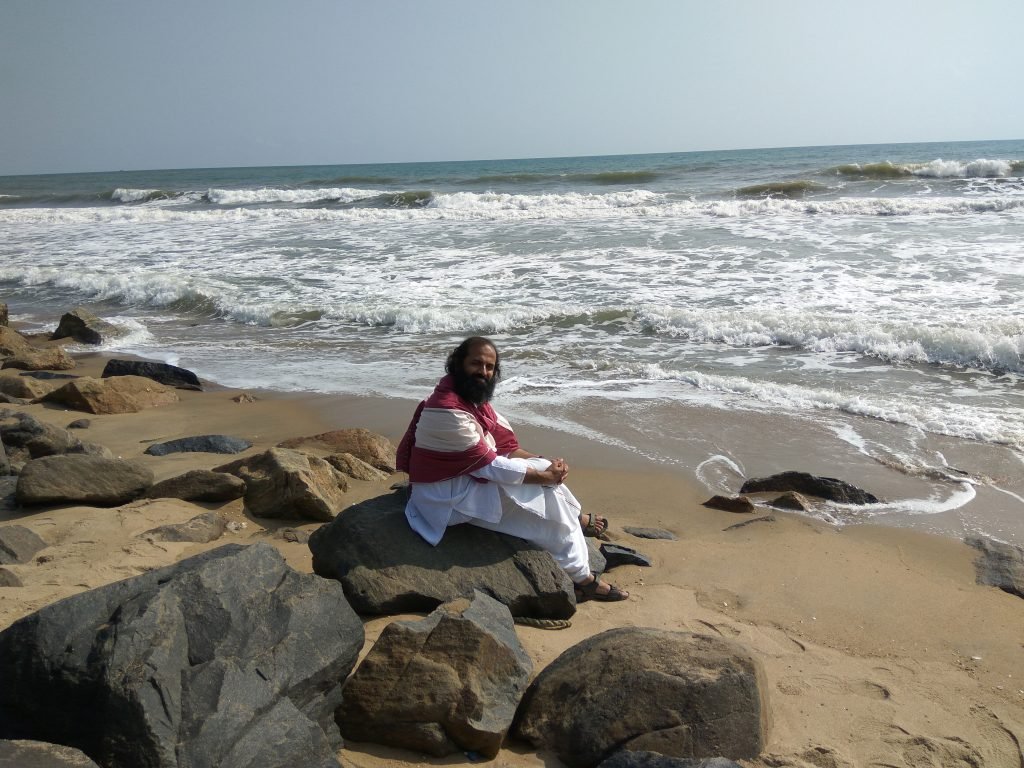
The two Tamil epics, Silappathikaram and Manimekalai were primarily set in the backdrop of this lost city, though they were actually composed much later (probably between the 2nd to 6th Century CE). Manimekalai, composed by Chithalai Chathanar, a Buddhist teacher, is a sequel and response to the more famous Silappathikaram. Silappathikaram centers around Kovalan and his chaste wife Kannagi. In the climax of Silappathikaram, Kovalan was executed by mistake by the Pandya King while they were living in Madurai, the Pandian capital. Kannagi goes onto to burn down the city of Madurai through the power of her chastity. While Silappathikaram was a typical classic that glorifies the power of chastity, the epic Manimekalai takes a rather rebel approach. In that, the focus shifts to Madhavi, the courtesan with whom Kovalan lived for a while, and their daughter Manimekalai. Manimekalai decides that neither the life of a devoted wife with the power of chastity nor the life of a courtesan with the power of seduction and command over even the wealth of the prince, is suitable to her. Having seen the way life unfolds to Kovalan, Madhavi and Kannagi, she is not inspired to enter either of such conventional lifestyles. Though she was approached by the prince of Chola kingdom, she turns down the offer and decides to enter the life of a truly free woman, as a Bodhisattva Bhikshuni, who goes about alleviating the suffering and hunger of others. She finds that the virtue of benefiting all beings is far more fitting and gratifying than the other alternatives. She finds it the most meaningful utilization of this precious human life.
Manimekalai meets her teacher, Aravana Adigal, in a Buddhist monastery in Puhar and takes the vows. Following the instructions of her teacher, she goes to Vanchi in the Chera kingdom of Kerala to learn different schools of philosophy – Buddhist and non-Buddhist. The epic also deals with many philosophical debates. Later she rejoins her teacher at Kanchi. By then Puhar was already swallowed by the ocean. As a matter of fact, by the time the epic was composed, Puhar was already under the ocean, and Kanchi had become a major center of Buddhism in the South with a large number of monasteries. Chathanar, the author of the epic Manimekalai went far ahead of his time in presenting the possibility of women’s liberation and equality to woman.

Other Posts Related to Nagapattinam Dist:
Poompuhar – A Long Lost City from the Sangam Age
Nagapattinam – The last citadel of Buddhism in South India
Ancient Buddhist statues unearthed in Sellur, Tamil Nadu
Buddhism in Thiruvarur, Tamil Nadu
A Majestic Vestige of Buddhism in Pushpavanam
Buddha Statues of Buddhamangalam and Peruncheri.
- Putheri (Buddheri) – The Southern most Stupa of Ancient India - January 19, 2023
- History of Buddhism in Kerala - January 12, 2022
- Buddhism in Kallakurichi, Tamil Nadu - March 4, 2021

